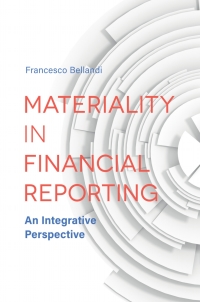E2-20 (Algo) Recording Manufacturing Costs [LO 2-3, 2-4, 2-5) Reyes Manufacturing Company uses a job order cost system. At the beginning of January, the company had one job in process (Job 201) and one job completed but not yet sold (Job 200). Job 202 was started during January. Other select account balances follow Ognore any accounts that are not listed) During January, the company had the following transactions (a) Purchased $64,000 worth of materials on account b) Recorded materials issued to production as follows: Job Number 201 202 Indirect materials Total Cont 510,300 21,800 6,500 $38.700 (c) Recorded factory payroll costs from direct labor time tickets that revealed the following Job Number 201 202 Factory supervision Hours 113 392 Total cont 5 2,500 10.100 5.000 517.500 >, (d) Applied overhead to production at a rate of $25.00 per direct labor hour for 505 actual direct labor hours. (e) Recorded the following actual manufacturing overhead costs: Iten Factory rent Depreciation Factory utilities Factory insurance Total Cost $ 2,000 3,400 3,600 2,000 $11,000 Description Paid in cash Factory equipment Incurred but not paid Prepaid policy Completed Job 201 and transferred it to Finished Goods Inventory (9) Sold Job 200 for $51,900. Job 202 was still in process at the end of January Required: 1. Post the preceding transactions to T-accounts. (Note: Capture the offsetting of debits and credits to other accounts such as Cash, Payables, Accumulated Depreciation, and so on in Miscellaneous Accounts.) 2. Compute the ending balance in the following accounts: a. Raw Materials inventory. b. Work in Process Inventory c. Finished Goods Inventory d. Cost of Goods Sold (unadjusted) e. Manufacturing Overhead (Specify if overhead is overapplied or underapplied) 3. Compute the total cost of Jobs 201 and 202 at the end of January Raw Materials Inventory 41,000 Work in Process Inventory 24,500 1/1 1/1 Bal 41,000 Bal. 24,500 Finished Goods Inventory 24,000 Cost of Goods Sold 1/1 1/1 Bal 24,000 Bal 0 Manufacturing Overhead Sales Revenue 1/1 1/1 Bal 0 Bal 0 Miscellaneous Accounts (Cash, Payables, etc.) 1/1 Required 1 Required 2 Required 3 Compute the ending balance in the following accounts: a. Raw Materials Inventory. b. Work in Process Inventory. c. Finished Goods Inventory. d. Cost of Goods Sold (unadjusted). e. Manufacturing Overhead (Specify if overhead is overapplied or underapplied). a b. C. Raw Materials Inventory Work in Process Inventory Finished Goods Inventory Cost of Goods Sold (unadjusted) Manufacturing Overhead (Specify if overhead is overapplied or underapplied) d. e Complete this question by entering your answers in the tabs below. Required 1 Required 2 Required 3 Compute the total cost of Jobs 201 and 202 at the end of January. Total Cost of Job Job Number 201 202











